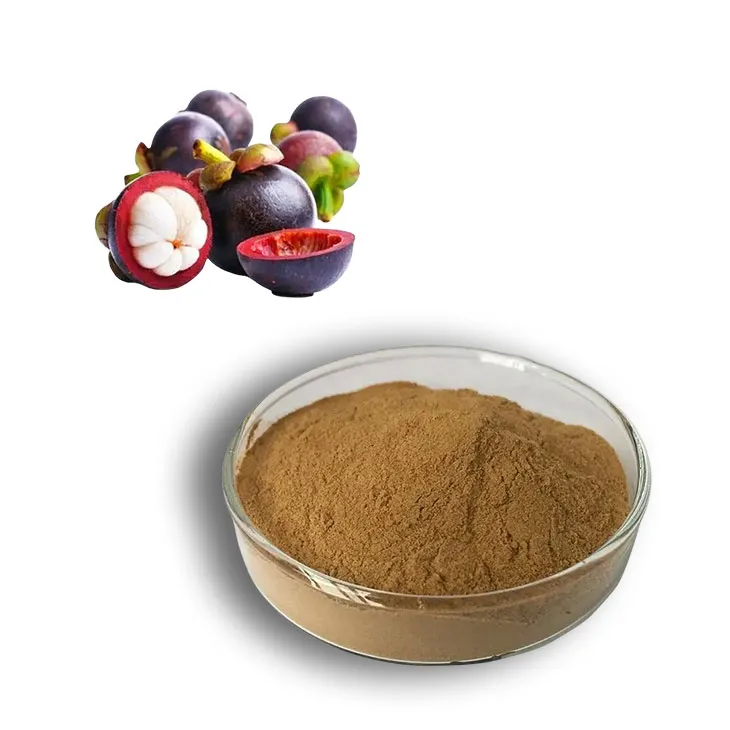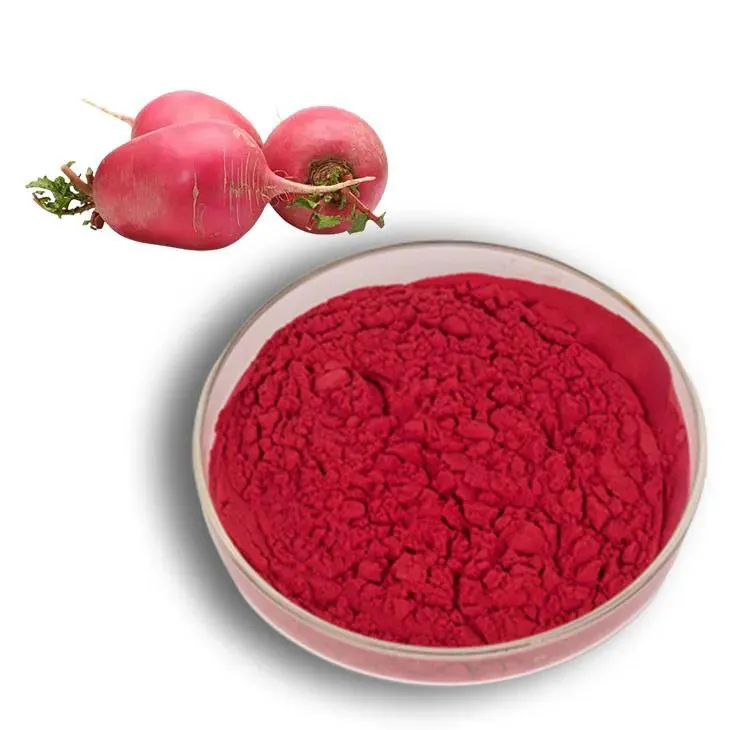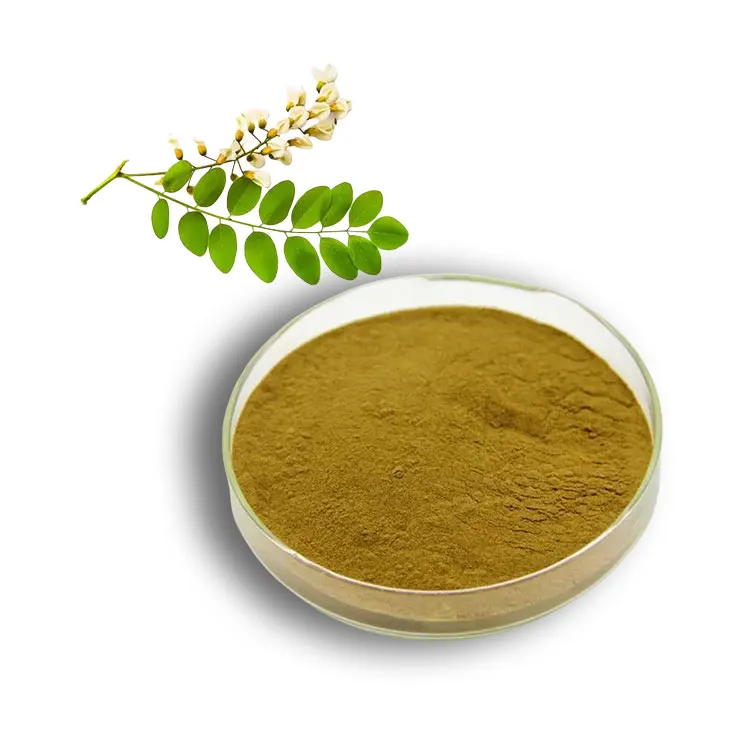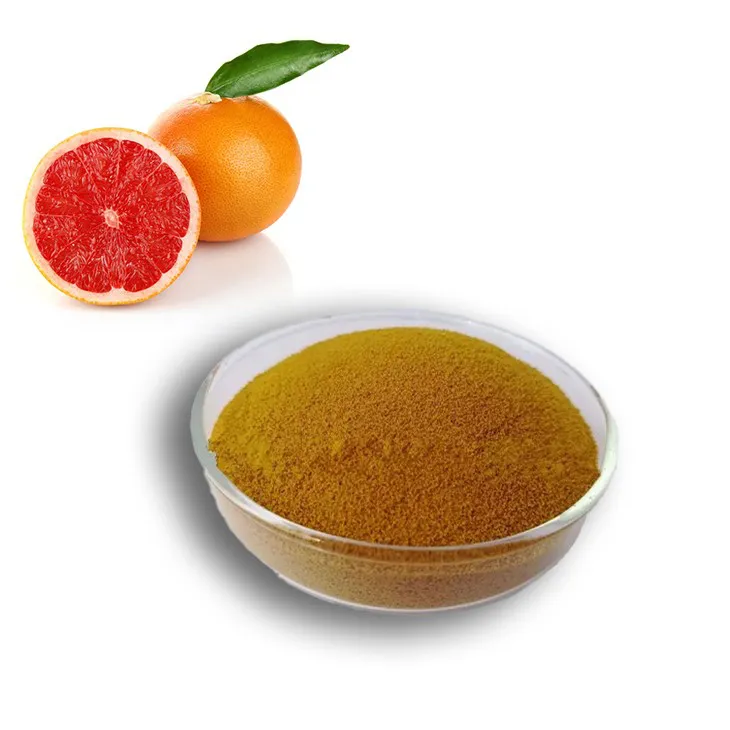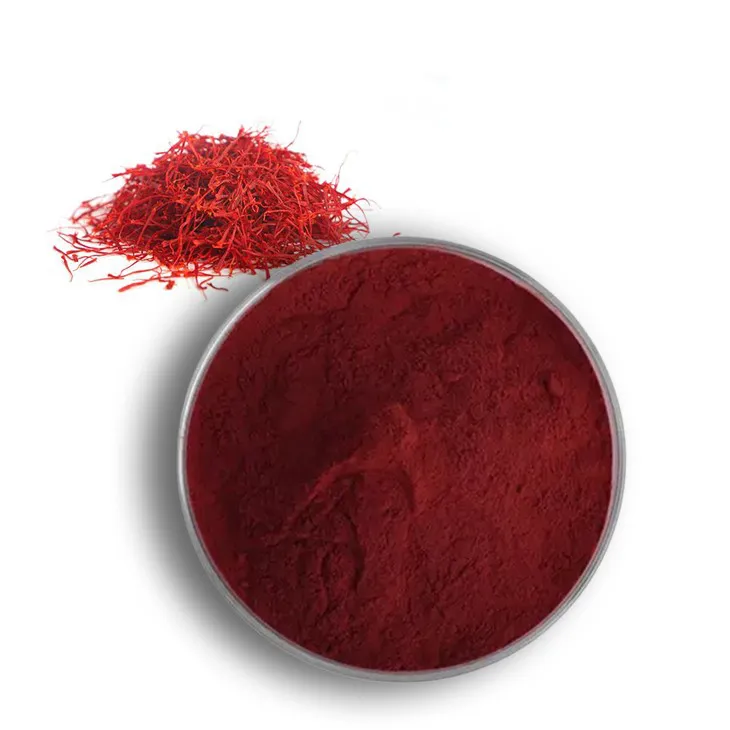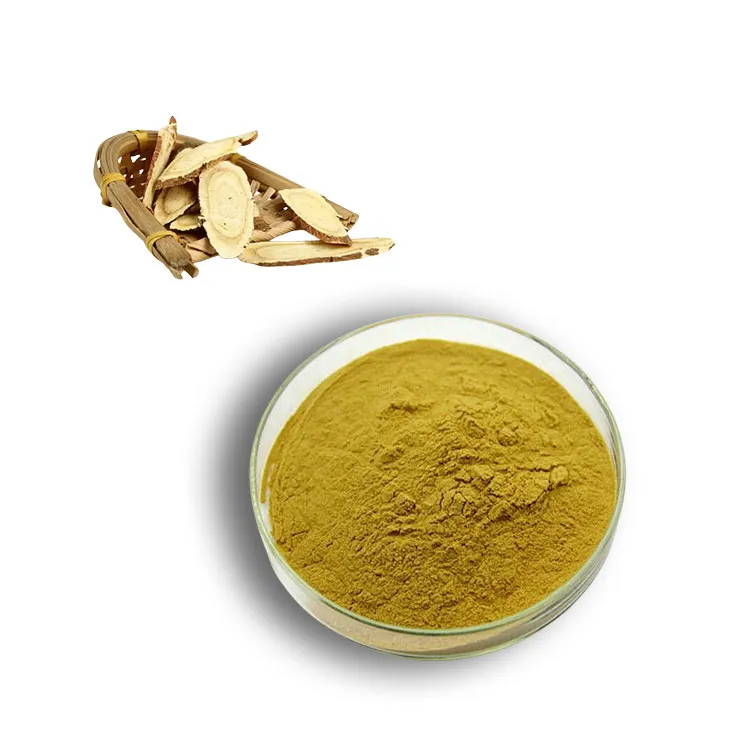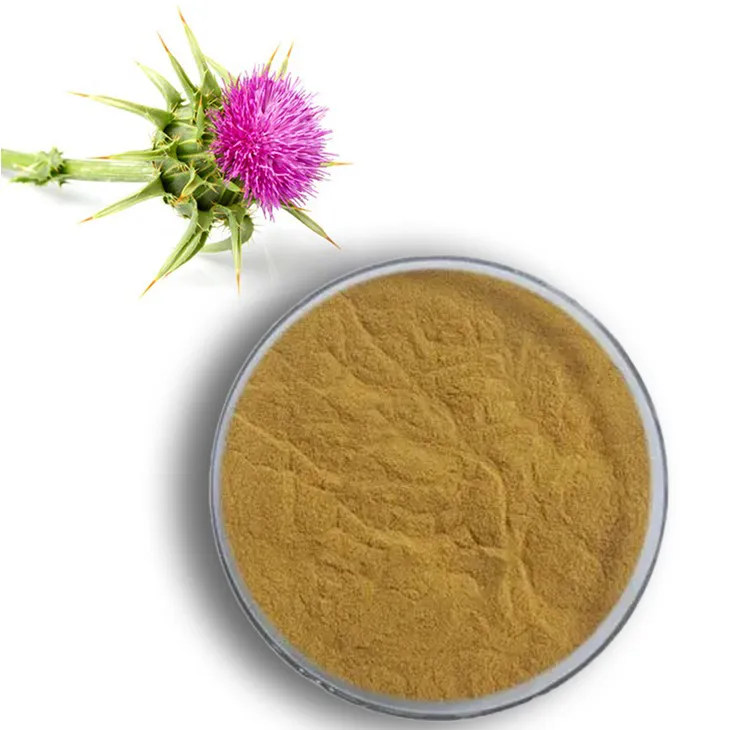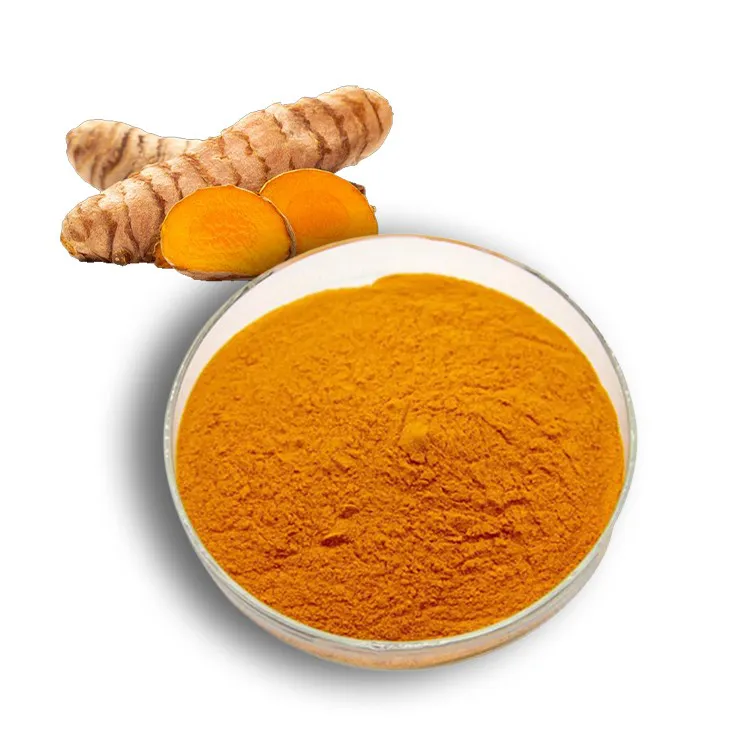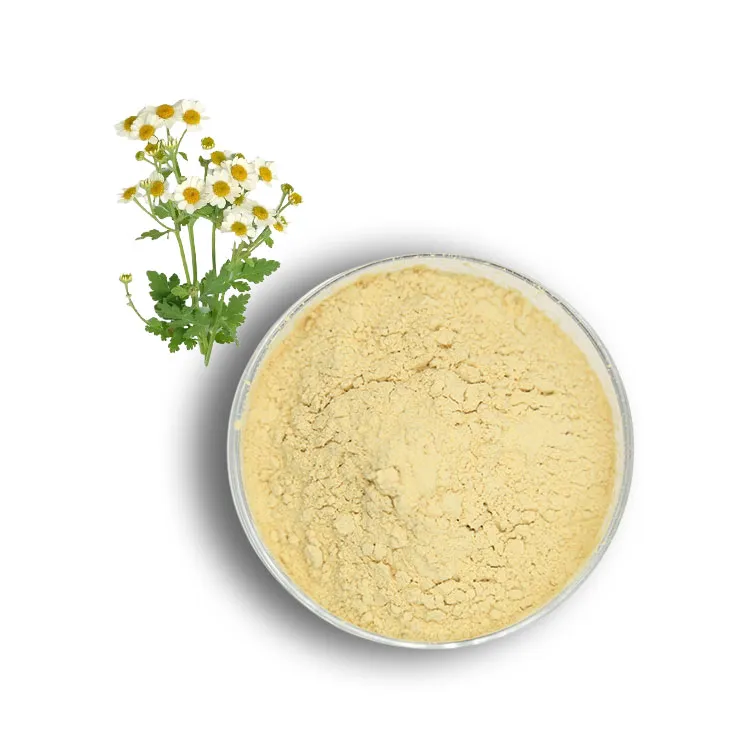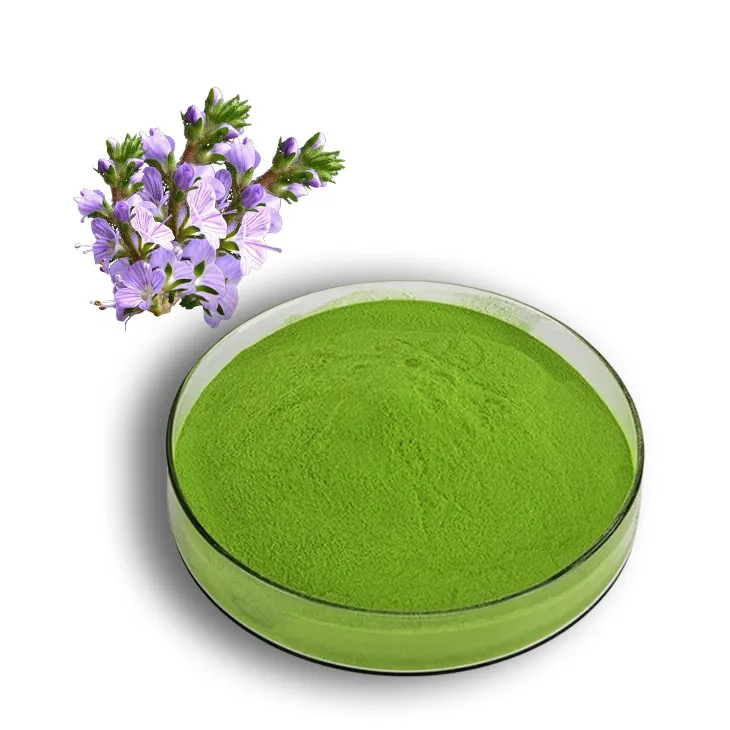- 0086-571-85302990
- sales@greenskybio.com
Which Is Better: Red Yeast Rice or Statins? An In-Depth Comparison
2025-07-08

When it comes to managing high cholesterol and reducing the risk of cardiovascular disease, both red yeast rice and statins are widely recognized options. While red yeast rice has roots in traditional Asian medicine and diet, statins are one of the most frequently prescribed medications worldwide for cholesterol control. Both have demonstrated cholesterol-lowering effects, but their origins, efficacy, safety profiles, and regulatory status are quite different. This article provides a comprehensive, evidence-based comparison of red yeast rice and statins to help patients and healthcare providers make informed choices.
Understanding Red Yeast Rice and Statins
Red yeast rice is a fermented product made by culturing white rice with the yeast Monascus purpureus. Used for centuries in Chinese cuisine and traditional medicine, red yeast rice contains a group of compounds called monacolins, the most important of which is monacolin K. Interestingly, monacolin K is chemically identical to lovastatin, a statin drug approved by the FDA for cholesterol reduction.
Statins, on the other hand, are a modern class of prescription medications that include drugs like lovastatin, atorvastatin, simvastatin, and rosuvastatin. All statins reduce cholesterol by inhibiting HMG-CoA reductase, an enzyme responsible for cholesterol synthesis in the liver. This results in lower levels of low-density lipoprotein (LDL, or “bad” cholesterol) and overall reduction in cardiovascular risk.
Effectiveness in Lowering Cholesterol
The cholesterol-lowering ability of statins is well established. Large-scale clinical trials have shown that statins can reduce LDL cholesterol by 20-60%, depending on the specific drug and dosage. Statins are also proven to reduce the risk of heart attacks, strokes, and related deaths.
Red yeast rice, thanks to its natural content of monacolin K, can also lower LDL cholesterol by 15-25% in people with mild to moderate hypercholesterolemia. Clinical studies demonstrate that standardized red yeast rice supplements lower cholesterol more than placebo and, in some patients, more than some mild statin drugs. However, the amount of monacolin K in red yeast rice supplements can vary dramatically due to differences in production and regulation. As a result, efficacy can be inconsistent from one product to another.
Active Ingredients and Composition
Statins are single-compound, pharmaceutical-grade medications. Dosages, purity, and formulation are tightly regulated and standardized to ensure consistency and potency.
Red yeast rice is a natural mixture containing multiple monacolins (including monacolin K), pigments, sterols, isoflavones, and possible contaminants like citrinin, a mycotoxin. Unlike statins, red yeast rice supplements are often sold as dietary supplements, which are less strictly regulated in many countries. This means consumers may not always know exactly what or how much they are taking.
Safety, Side Effects, and Monitoring
Statins have well-documented side effects, including muscle pain (myalgia), liver enzyme increases, rare cases of rhabdomyolysis, and a slight increase in the risk of developing type 2 diabetes. Patients taking statins require routine blood tests to monitor liver and muscle health. Statins can also interact with other medications.
Red yeast rice, while generally considered safe for most people, can cause similar side effects—mainly because of the presence of monacolin K. Reported adverse reactions include muscle pain, liver toxicity, abdominal discomfort, allergic reactions, and potential kidney injury if citrinin is present. People with liver, kidney, or musculoskeletal conditions, or those taking statins or other cholesterol-lowering drugs, should use red yeast rice under medical supervision.
One key issue is that supplement brands may not disclose the exact amount of monacolin K or test for contaminants, increasing the risk of unintentional overdosing or exposure to harmful substances. In studies where red yeast rice was standardized and citrinin-free, its safety profile was better, but still not free of risk.
Scientific Evidence and Regulation
Statins hold the strongest level of clinical evidence, supported by multiple large, long-term randomized controlled trials demonstrating a reduction in cardiovascular disease and mortality. Dosages are well defined, and the drugs are dispensed under strict prescription regulations and medical oversight.
Red yeast rice has clinical evidence supporting its cholesterol-lowering effects, but the supporting studies are generally smaller, shorter in duration, and less rigorous in design. Regulatory oversight for supplements is significantly weaker; in some countries, products with high levels of monacolin K are banned or regulated as prescription drugs.
Which Is Better—and For Whom?
For people with significantly elevated cholesterol, established cardiovascular disease, or those at high risk, physicians almost always recommend statins, given their established efficacy and safety record. Statins are the best choice when rapid, predictable, and substantial cholesterol reduction is needed, and when cardiovascular outcome data are priorities.
Red yeast rice may be a reasonable option for people with mild to moderate cholesterol elevation who cannot tolerate statins or wish to try a “natural” approach. It can be an adjunct for those seeking alternative therapies but should be used with caution, ideally with a healthcare provider's supervision and by selecting products tested for consistency and safety.
Conclusion
While both red yeast rice and statins can lower cholesterol, their differences are important. Statins are pharmaceutical-grade, highly effective, and thoroughly researched, while red yeast rice offers a natural alternative but with less consistency, more variability, and some safety risks. Anyone considering red yeast rice as a substitute for statins should consult their doctor, have their cholesterol and liver function monitored, and use only high-quality products. Ultimately, the “better” option depends on individual health needs, risk factors, preferences, and medical guidance.
- ▶ Hesperidin
- ▶ Citrus Bioflavonoids
- ▶ Plant Extract
- ▶ lycopene
- ▶ Diosmin
- ▶ Grape seed extract
- ▶ Sea buckthorn Juice Powder
- ▶ Fruit Juice Powder
- ▶ Hops Extract
- ▶ Artichoke Extract
- ▶ Mushroom extract
- ▶ Astaxanthin
- ▶ Green Tea Extract
- ▶ Curcumin
- ▶ Horse Chestnut Extract
- ▶ Other Product
- ▶ Boswellia Serrata Extract
- ▶ Resveratrol
- ▶ Marigold Extract
- ▶ Grape Leaf Extract
- ▶ New Product
- ▶ Aminolevulinic acid
- ▶ Cranberry Extract
- ▶ Red Yeast Rice
- ▶ Red Wine Extract
-
Mangosteen extract powder
2025-07-08
-
Beetroot juice Powder
2025-07-08
-
Sophora Japonica Flower Extract
2025-07-08
-
Grapefruit Seed Extract Powder
2025-07-08
-
Saffron Extract Powder
2025-07-08
-
Licorice Root Extract Powder
2025-07-08
-
Milk Thistle Extract
2025-07-08
-
Curcumin
2025-07-08
-
Feverfew Extract
2025-07-08
-
Alfalfa Meal
2025-07-08











